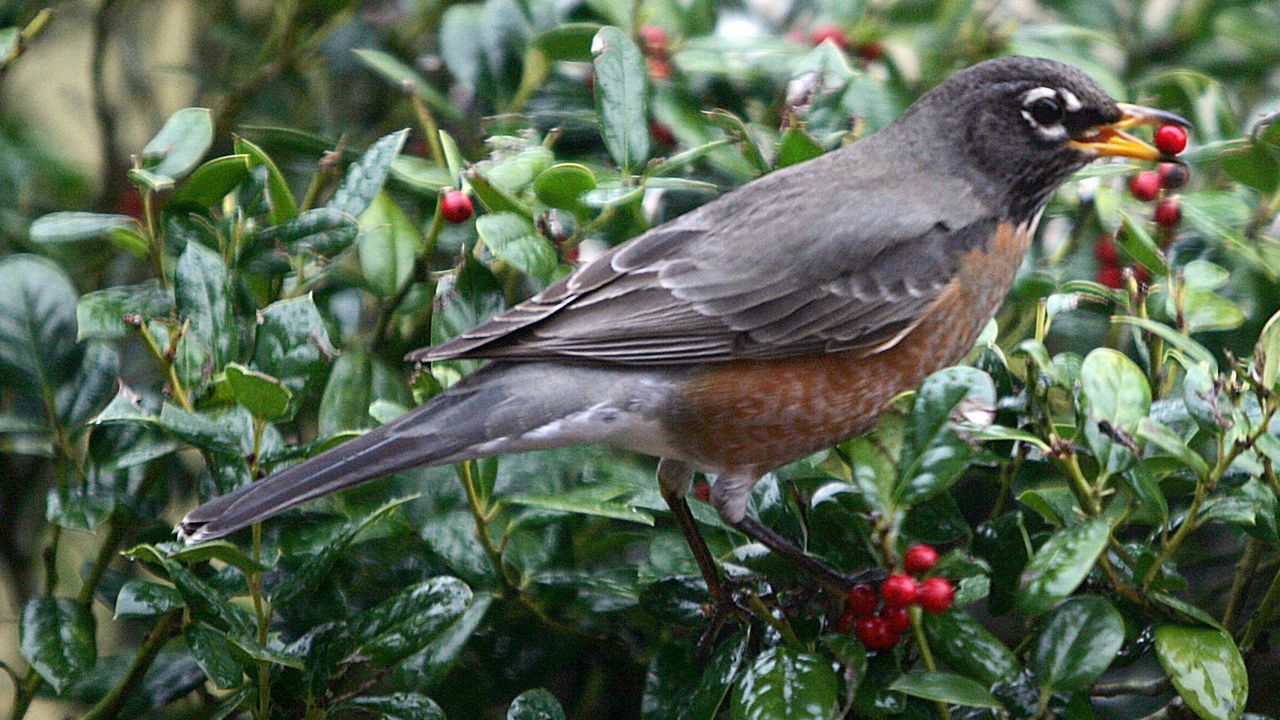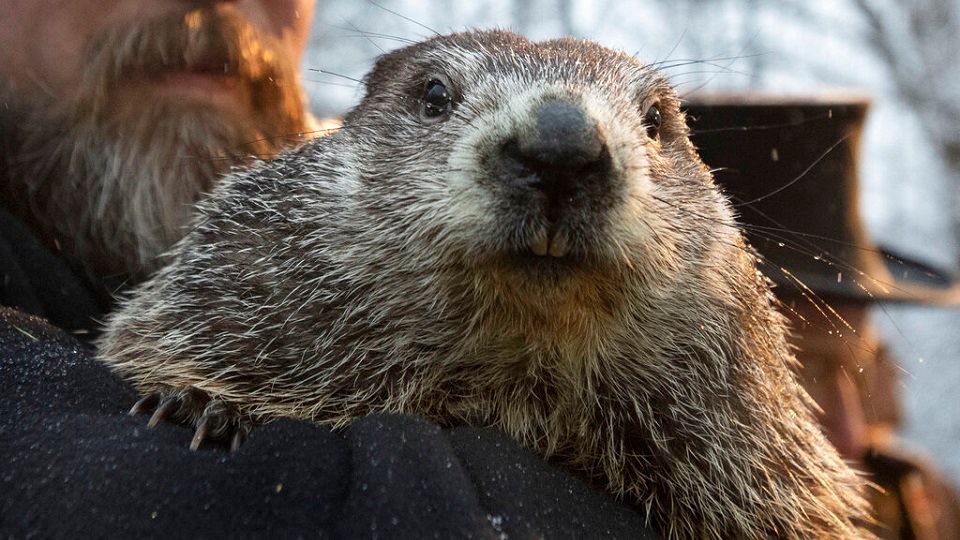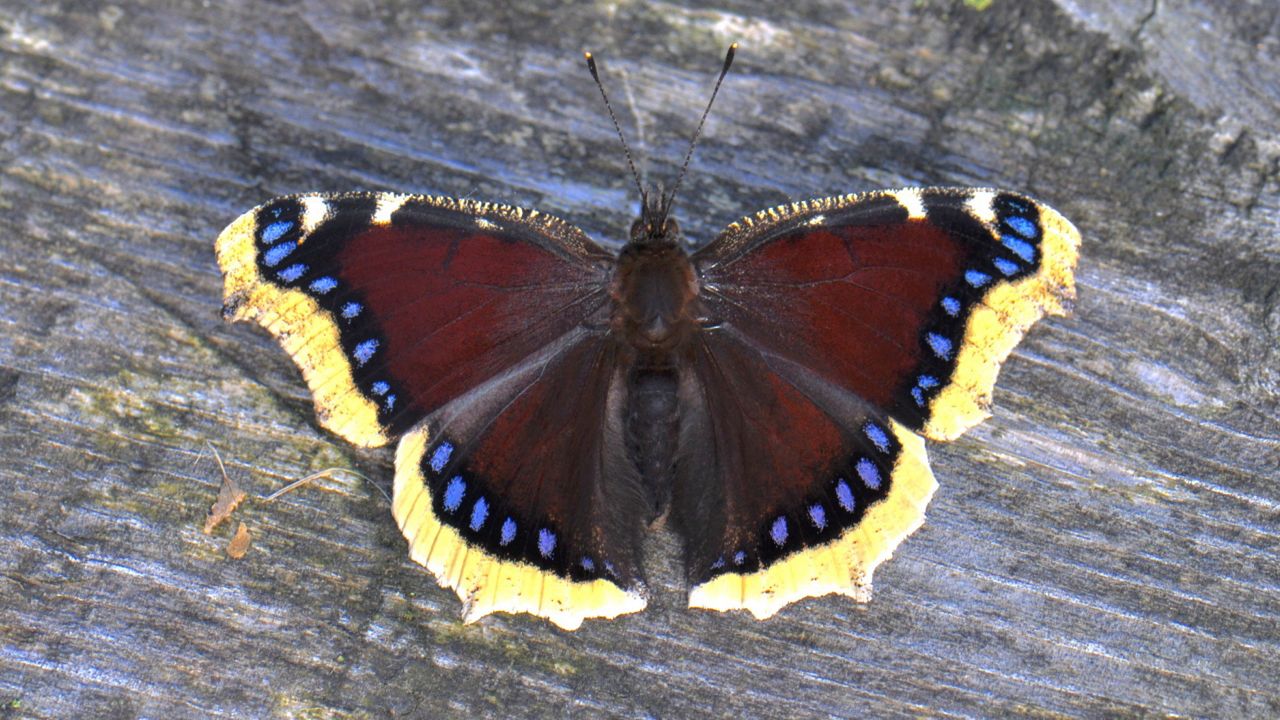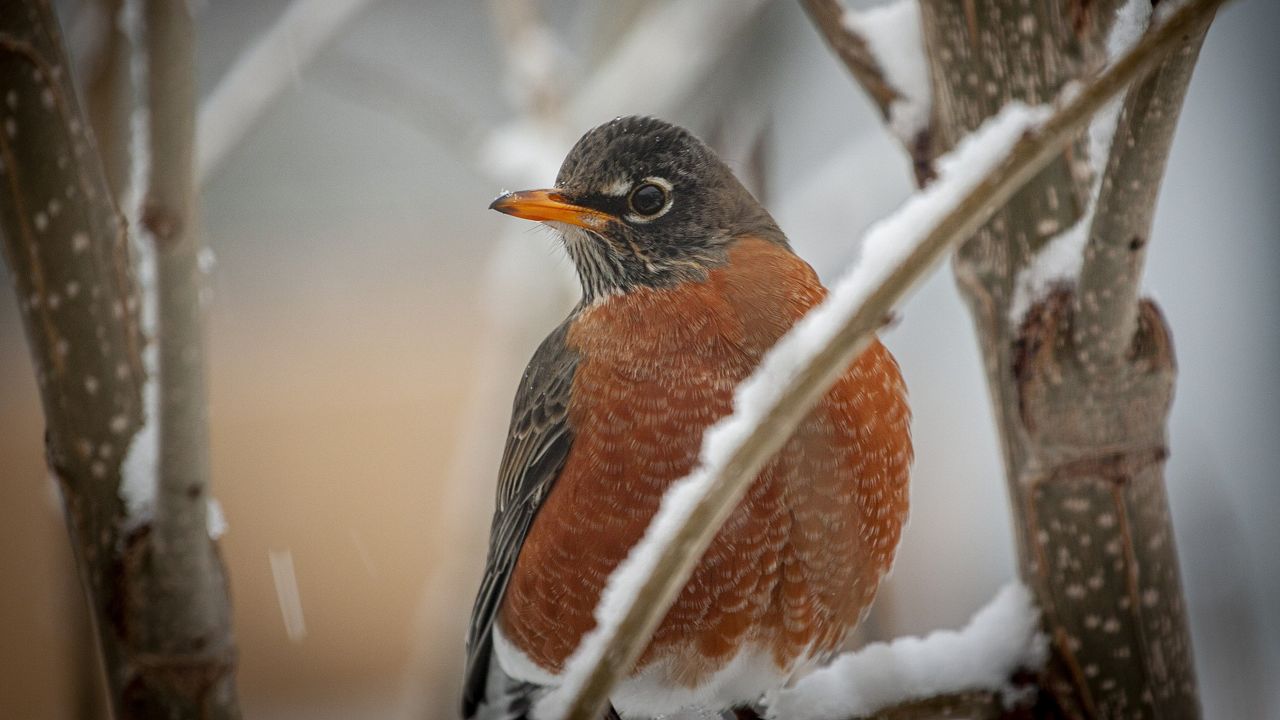February means that spring is not far off. After all, climatological spring begins on March 1. Don’t look for signs of spring that will give you false hope, though.
We all know that seeing a robin is a sure sign that winter is over, right?
We don’t mean to ruffle any feathers, but the truth is that you can find our dear robin friends over most of the U.S. year-round, including winter.
In the warm season, we are used to seeing robins eating worms and insects. That time of year, it’s a smorgasbord, so it’s not unusual to see at least a few of them foraging at any given time.
In the winter, though, they look for fruit and berries on trees and shrubs. Since that food supply isn’t as widespread, robins will gather in larger flocks and go wherever that food is.

Robins aren’t searching for warmer weather in the winter; they’re just looking for food. They don’t care all that much if it’s cold, as long as they have things to eat.
We’ll give you a way to keep robins as a signal of spring, though: their songs. Robins declare their territory and find mates through song, and that’s something that begins as the weather turns.
Punxsutawney, Pennsylvania is ground zero for groundhog lore these days, but that wasn’t always the case.
Candlemas–a Christian holiday observed on Feb. 2–eventually got its own English folk song. The rhyme stated that if Candlemas “be fair and bright,” then winter would continue. But, if it “brings clouds and rain,” winter would go.
Note the lack of rodents involved. Germans introduced hedgehogs to the Candlemas weather forecast, and their proverb stated that a hedgehog seeing its shadow would retreat to its hole for another six weeks.
As Europeans settled in the U.S. in the 1700s, they brought these traditions with them. They did not bring hedgehogs, though, so they made groundhogs their Candlemas weather forecasters.

Today’s tradition says that, if the groundhog Punxsutawney Phil sees his shadow, six more weeks of winter will follow. But, if he doesn’t, then spring has arrived.
Of course, Phil’s predictions don’t mean a thing about how soon spring weather will arrive and are all in good fun. After all, his forecast for the past decade has been right only four times, worse than a coin flip.
Groundhogs’ emergence from hibernation tells us winter is winding down, regardless of the “shadow or no shadow” on the ground.
Butterflies are a sure sign of spring, right? That’s not always the case. Glenn Marangelo, from the Missoula Butterfly House and Insectarium, says that most butterflies overwinter in cold places, but usually not as the fluttering adults you might think of. The exception is the mourning cloak butterfly.
How do they survive? Marangelo says they build up what is essentially an antifreeze in their bodies, preventing ice crystals from forming and bursting through.

If you experience a string of mild days, they’ll come out of hibernation–even as early as February. When they’re out and about, they’re not looking for nectar; they’ll eat tree sap or minerals from animal droppings. When the weather turns cold again, they retreat to their winter lair.
Other insects try to find cover for the winter–think boxelder bugs, seed bugs, stink bugs and ladybugs. They don’t need to get into your home to stay warm enough. And, just like the mourning cloak butterfly, they’ll venture out on mild days, basking in the sunny sides of buildings or trees before returning to their protected place.
Since plants need consistently warmer temperatures, they’re probably not going to mislead you into thinking spring has arrived early… “probably” being the key word.
If you have an early run of warm weather, conditions might change enough to awaken certain plants. If you get excited from seeing them emerge, you and the plants might end up being disappointed if typical colder weather returns.
Meteorologists will tell you that you're pretty safe looking toward tried-and-true climate records before you get too excited about spring's arrival.
For example, you can check on the average last date of a freeze or frost where you live. Or, if you're feeling especially data-adventurous, you can try this tool, which designates spring as the time between the coldest and warmest 91-day stretches. The middle graph lists the average first day of spring based on that idea.
Of course, nature does still offer clues. As we mentioned, outdoor perennials need consistently mild weather for the soil to warm up enough to let them grow. Thawing ground, warmer temperatures and longer daylight also tell trees it's time to leaf out.
The return of creatures that really do migrate, such as monarch butterflies and hummingbirds, are also reasonable bets that winter is pretty well done for another year.
Our team of meteorologists dives deep into the science of weather and breaks down timely weather data and information. To view more weather and climate stories, check out our weather blogs section.



